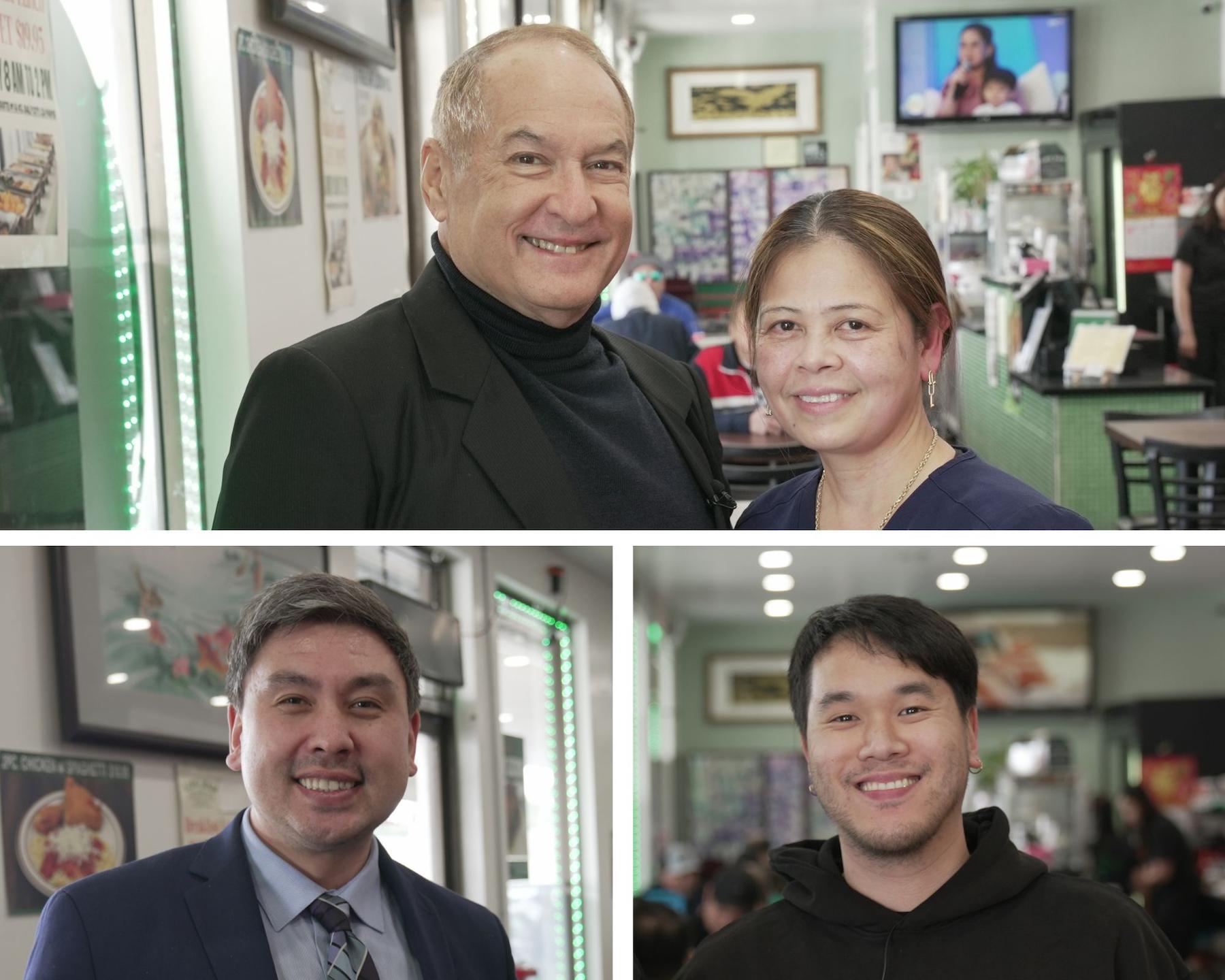KUNG ang magulang/mga magulang na U.S. citizen (USC) ay magkaroon ng anak na isinilang sa ibang bansa o sa labas ng U.S., ang kapanganakan ay dapat iulat sa lalong madaling panahon sa U.S Consulate o U.S. Embassy upang makakuha ng ulat ng pag-angkin ang bata sa U.S. citizenship. Ang opisyal na ulat ay tinatawag na Consular Report of Birth Abroad (CRBA). Ang CRBA ay isang dokumento ng U.S. citizenship o ebidensiya ng U.S. citizenship ng batang isinilang sa ibang bansa sa magulang/mga magulang na nakatupad sa mga pangangailangan para sa pagbigay ng U.S. citizenship sa ilalim ng Immigration and Nationality Act (INA). Ang aplikasyon para sa CRBA ay kailangang gawin bago ang ika-18 na kaarawan ng bata.
Upang makapagbigay ng U.S. citizenship ang magulang/mga magulang na USC sa anak na isinilang sa ibang bansa, sila ay dapat USC na noong isinilang ang bata. Kailangan din na ang magulang/mga magulang ay nagkaroon na ng sapat na physical presence sa loob ng U.S. para makapagbigay ng U.S. citizenship sa anak. Ang physical presence requirements ay depende sa petsa ng kapanganakan ng bata at kung kasal ang mga magulang noong kapanganakan ng bata.
Kung ang bata ay isinilang sa ibang bansa sa dalawang magulang na USC at ang mga magulang na ito ay kasal na noong ipinanganak ang bata, ang anak ay may karapatan sa U.S. citizenship. Kinakailangan na isa sa mga magulang ay nakatira sa U.S. bago ang kapanganakan ng bata.
Kung ang anak ay isinilang sa ibang bansa sa mga magulang na hindi kasal, ang mga regulasyon ay ang sumusunod: (1) kung ang ina ng bata ay USC at ang bata ay ipinanganak noong Hunyo 11, 2017 o bago ang petsang ito, ang bata ay maaaring may karapatan sa U.S. citizenship kung ang inang USC ay may tuloy-tuloy na physical presence sa U.S. ng isang taon (365 araw) o higit pa dito bago ang kapanganakan ng bata; (2) kung ang ina ng bata ay USC at ang bata ay ipinanganak noong Hunyo 12, 2017 o pagkatapos ng petsang ito, ang bata ay maaaring may karapatan saS citizenship kung ang inang USC ay may physical presence sa U.S. ng 5 taon at ang 2 taon dito ay noong ang ina ay may 14 taon gulang na, at bago ang kapanganakan ng bata; (3) kung ang ama ng bata ay USC at ang kapanganakan ay noong Nobyembre 14, 1986 o pagkatapos ng petsang ito, ang anak ay maaaring may karapatan sa the U.S. citizenship kung ang amang USC ay may physical presence sa US ng 5 taon, at ang 2 taon dito ay noong ang ama ay may 14 taon gulang na, at bago ang kapanganakan ng bata.
* * *
If a child is born to a U.S. citizen parent abroad, the child’s birth should be reported as soon as possible to the U.S. Consulate or U.S. Embassy to establish a record of the child’s claim to U.S. citizenship at birth. The official record is called Consular Report of Birth Abroad (CRBA). This is a U.S. citizenship document or evidence of U.S. citizenship of a child born abroad to a U.S. citizen parent/s who meet the requirements for transmitting citizenship under the Immigration and Nationality Act (INA). CRBA applications must be made before the child’s 18th birthday and it is recommended that the parents apply for CRBA as soon as possible after the child’s birth.
In order to transmit U.S. citizenship to a child, the U.S citizen (USC) parent/s must have been a USC at the time of the child’s birth and must have accrued sufficient physical presence in the U.S. to transmit citizenship. The physical presence requirements depends on the date of birth of the child and the marital status of the parents at the time of the child’s birth.
If a child is born abroad to 2 USC parents who are married at the time of birth, the child is entitled to citizenship, provided that one of the parents, prior to the birth of the child, had been a resident of the U.S..
For a child born out of wedlock abroad, the following regulations apply: (1) if the child is born to a USC mother on or before June 11, 2017, the child may be entitled to U.S. citizenship if the USC mother had been physically present in the U.S. for a continuous period of at least one year (365 days) at some time prior to the child’s birth; (2) if the child is born to a USC mother on or after June 12, 2017, the child may be entitled to U.S. citizenship if the USC mother had been physically present in the U.S. for at least 5 years, 2 years of which are at the age of 14 at some time prior to the child’s birth; (3) if the child is born to a USC father on or after November 14, 1986, the child may be entitled to US citizenship if the USC father had been physically present in the U.S. for at least 5 years, 2 years of which are at the age of 14 at some time prior to the child’s birth.
* * *
ATTY. RHEA SAMSON is a Partner at LINDAIN & SAMSON LAW FIRM. Atty. Lindain and Atty. Samson are both licensed to practice law in California and in the Philippines. Both Attorneys were also professors. LINDAIN & SAMSON LAW FIRM aims to provide excellent and efficient legal representation to clients, and support clients in achieving their goals and dreams. As professors, Atty. Lindain and Atty. Samson wish to educate the younger generation, as it is through education and continuous study that one can achieve success and serve others.
Please visit our office: LINDAIN & SAMSON LAW FIRM
3580 Wilshire Boulevard, Suite 1710, Los Angeles, CA 90010
Call or text us: (213) 381.5710
Email us: attorneys@lindainsamsonlaw.com.





